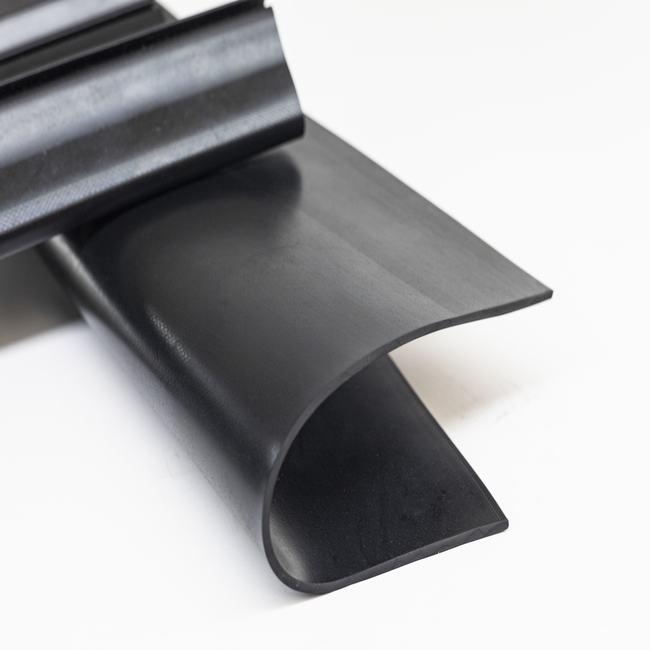Garage door seals, also known as garage door weatherstripping or garage door thresholds, are crucial components designed to create a barrier against the elements, pests, and debris, ultimately ensuring that your garage remains clean, dry, and energy-efficient. These seals are typically made from various materials, such as rubber, vinyl, or silicone, and are installed along the edges and bottom of the garage door to provide an effective seal. Here is a detailed description of garage door seals, including their features, types, installation, and benefits:
Features of Garage Door Seals:
- Weather Resistance: Garage door seals are engineered to withstand exposure to various weather conditions, including rain, snow, wind, and extreme temperatures. They help keep your garage interior comfortable and protected.
- Pest Prevention: These seals act as a barrier against rodents, insects, and other pests, ensuring they cannot easily enter your garage.
- Energy Efficiency: By sealing gaps and preventing drafts, garage door seals contribute to energy efficiency by reducing heat loss or gain. This can result in lower energy bills.
- Noise Reduction: A properly sealed garage door can help reduce noise from the outside, making your garage quieter and more comfortable.
- Durability: Garage door seals are made from durable materials that can withstand repeated opening and closing of the garage door.
Types of Garage Door Seals:
- Bottom Seals: These are installed along the bottom edge of the garage door to seal the gap between the door and the floor. They are commonly made of rubber or vinyl.
- Side Seals: Side seals are used on the sides of the garage door to fill any gaps between the door panels and the door frame, providing a better seal.
- Threshold Seals: Threshold seals are installed on the garage floor, creating a barrier that prevents water, debris, and pests from entering under the door.
- Top Seals: Top seals are used to seal the top section of the garage door to prevent drafts and water infiltration.
Installation:
The installation of garage door seals varies depending on the type of seal and the design of your garage door. Here are general steps for installing bottom seals, which is a common type:
- Measure and Cut: Measure the width of your garage door and cut the seal to the appropriate length using a utility knife or scissors.
- Clean the Surface: Ensure the area where the seal will be attached is clean and free of dirt or debris.
- Attach the Seal: Depending on the seal type, you may need to attach it using adhesive, screws, or clips. Follow the manufacturer’s instructions for the specific seal you’re using.
- Test the Seal: Close the garage door and check for any gaps or areas where the seal may need adjustment. Make sure the seal creates a snug fit with the floor.
Benefits:
- Protection: Garage door seals protect your garage from weather-related damage, including water infiltration, mold, and rust.
- Energy Savings: By reducing drafts, garage door seals help maintain a stable temperature in your garage, potentially lowering your heating or cooling costs.
- Improved Comfort: A sealed garage provides a more comfortable environment for activities such as working, exercising, or using the space as an extra living area.
- Pest Control: Garage door seals prevent unwanted pests from entering your garage, reducing the risk of infestations.
In conclusion, garage door seals are essential accessories that enhance the functionality and comfort of your garage while also protecting it from various environmental factors. They come in different types and materials, allowing you to choose the right seal for your specific needs and preferences. Properly installed garage door seals can provide long-term benefits and peace of mind for homeowners.






